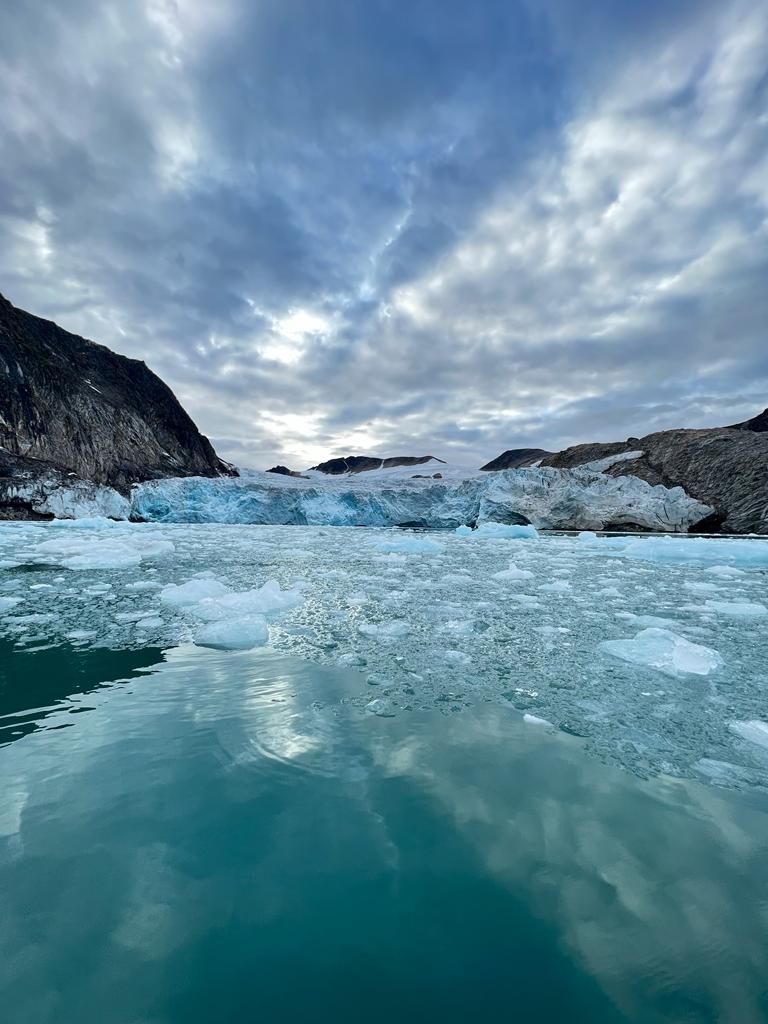Back in Chile...
Objavljeno: 30.01.2019
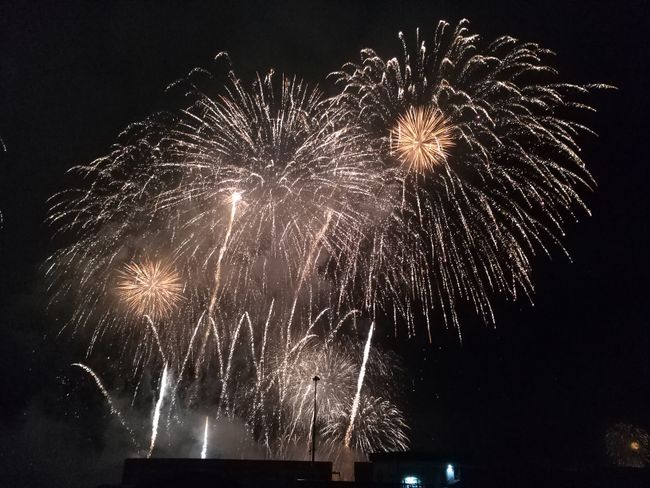
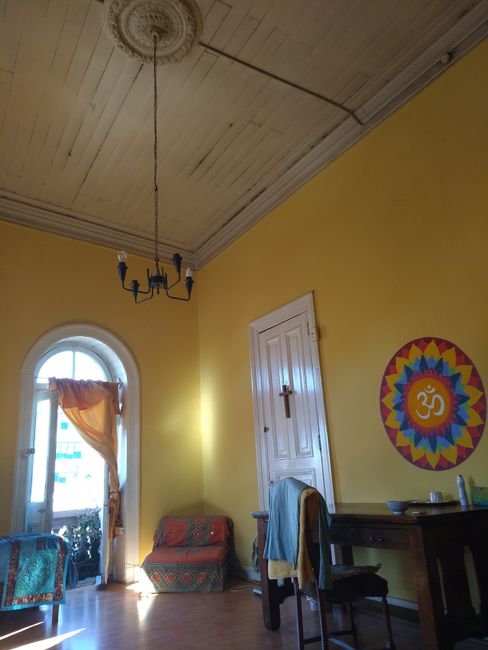
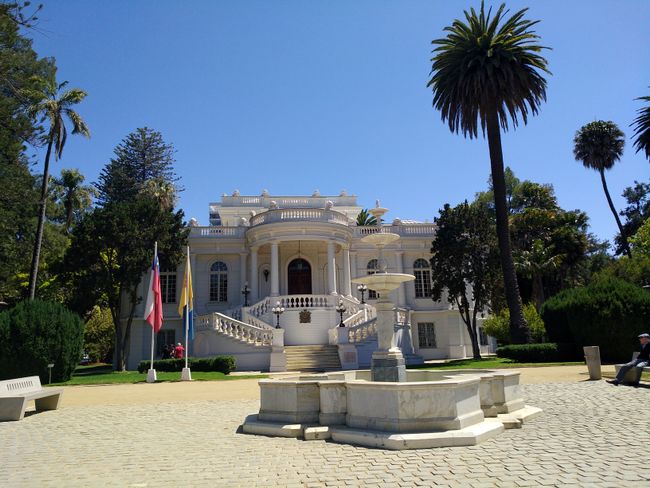
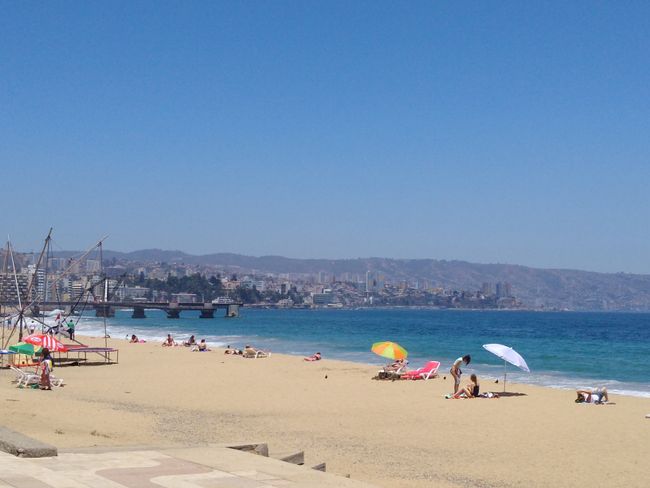
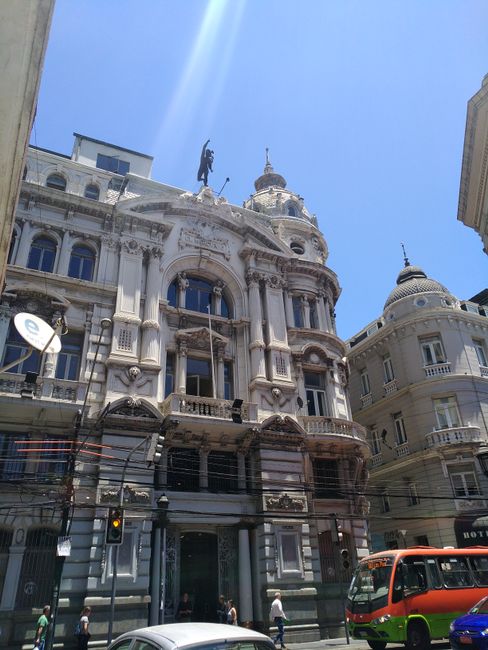
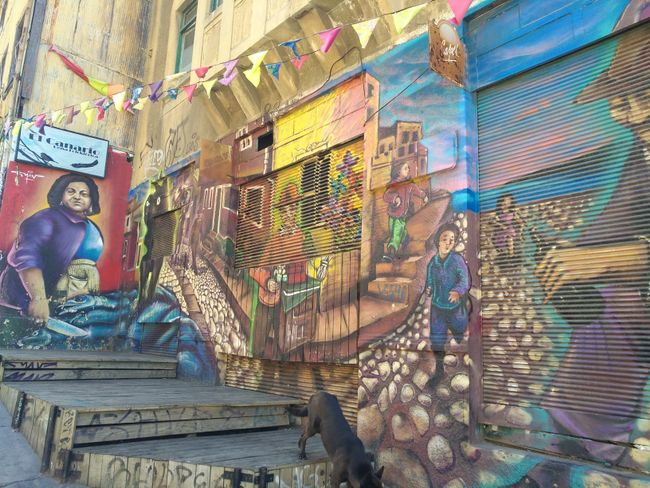
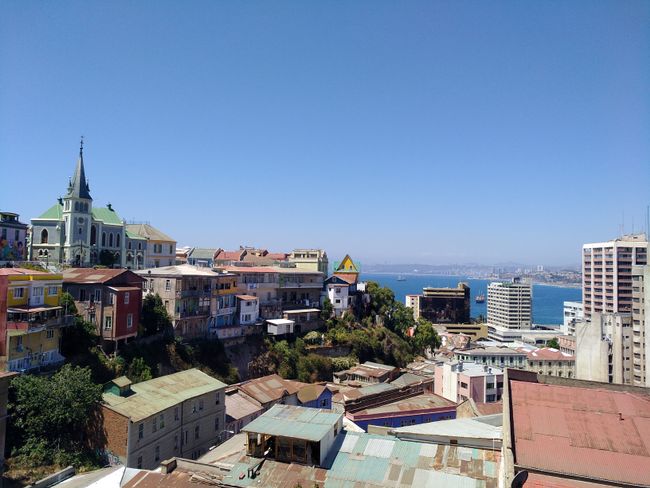
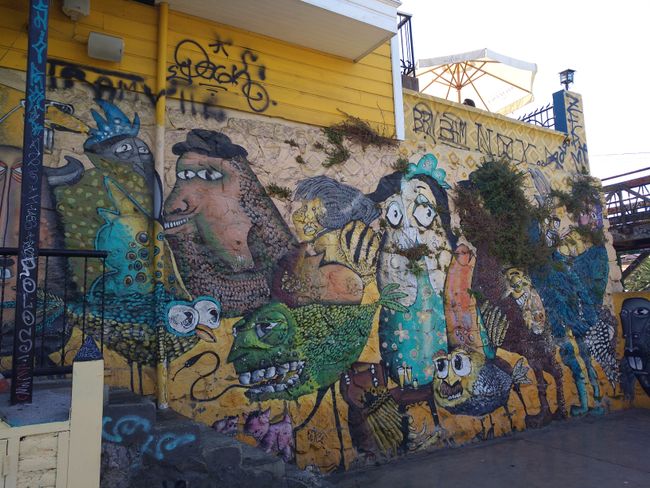
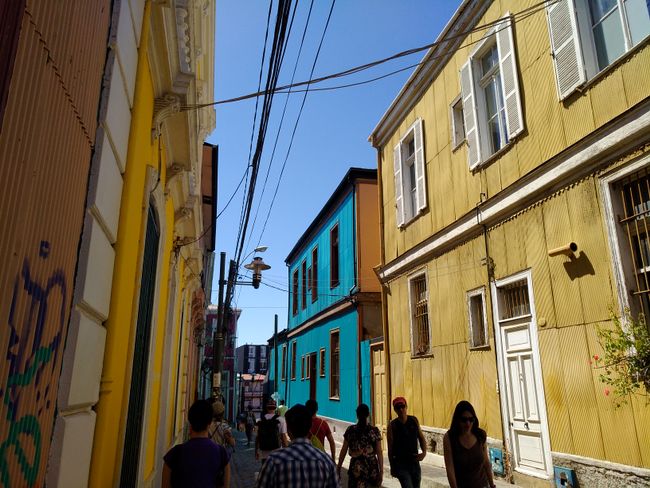
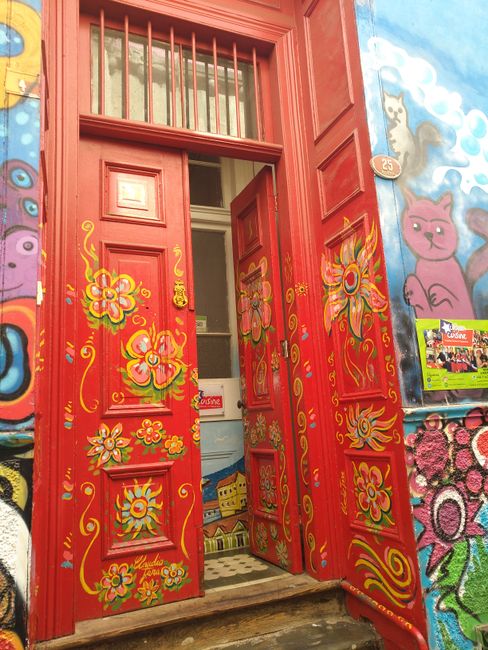
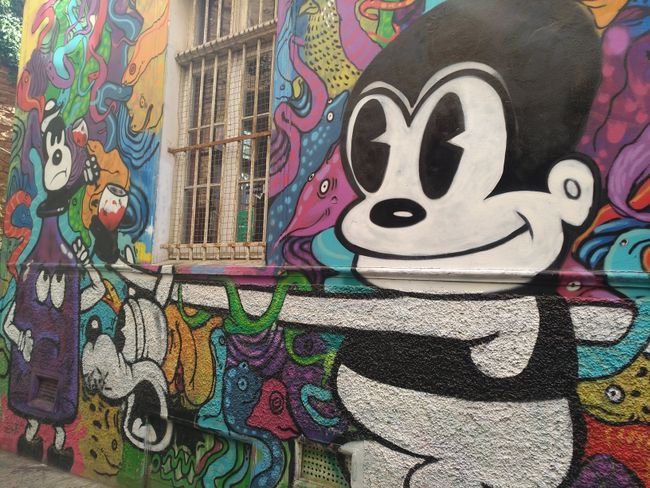
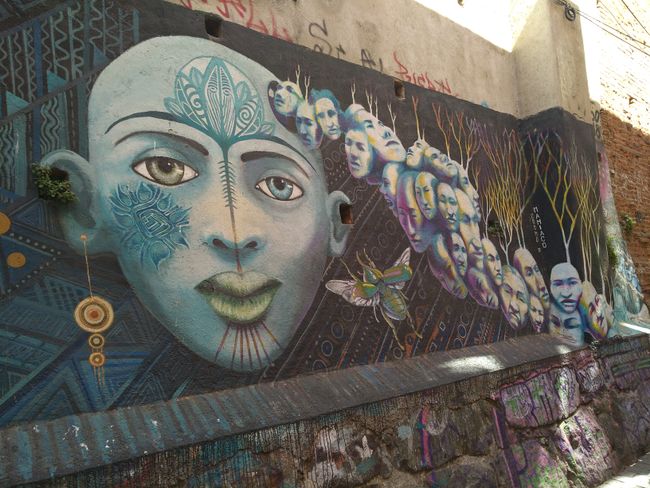
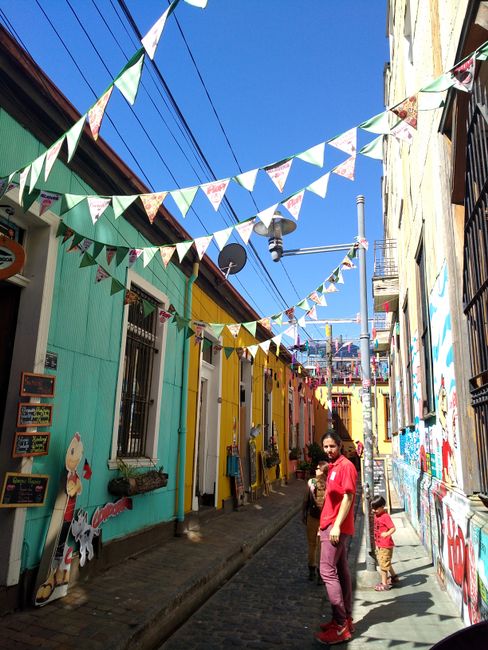
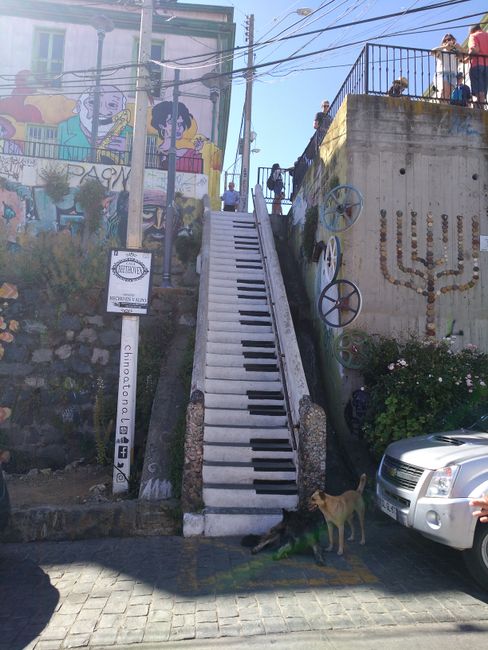
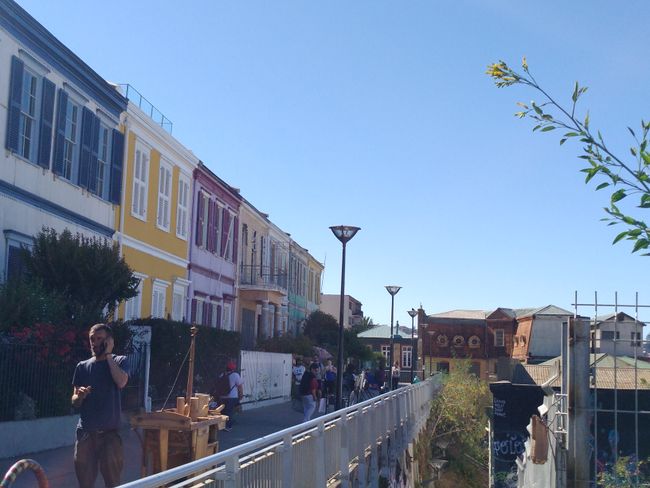
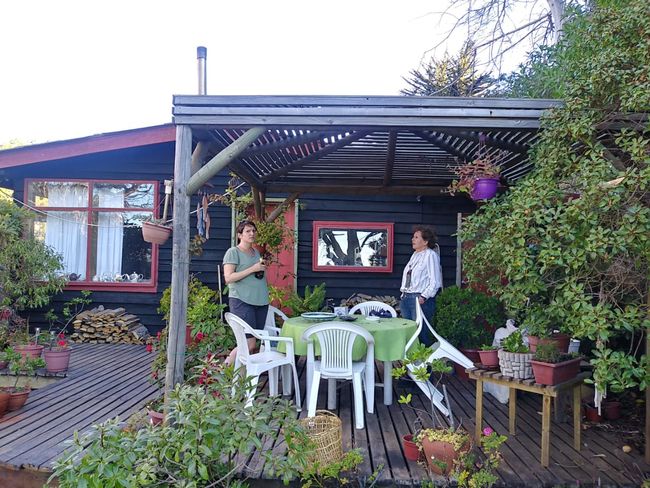
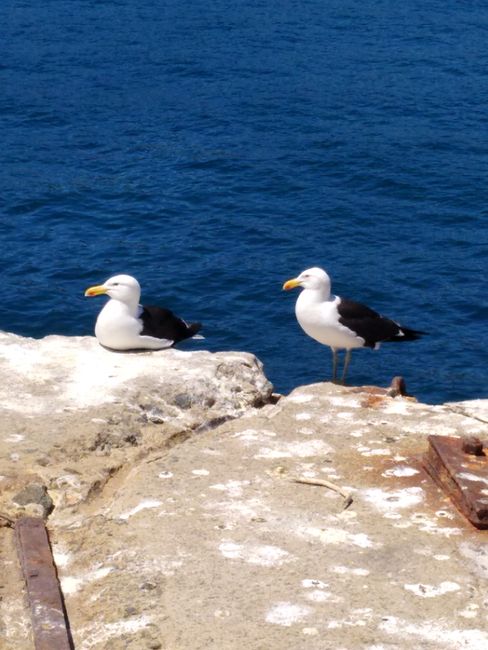
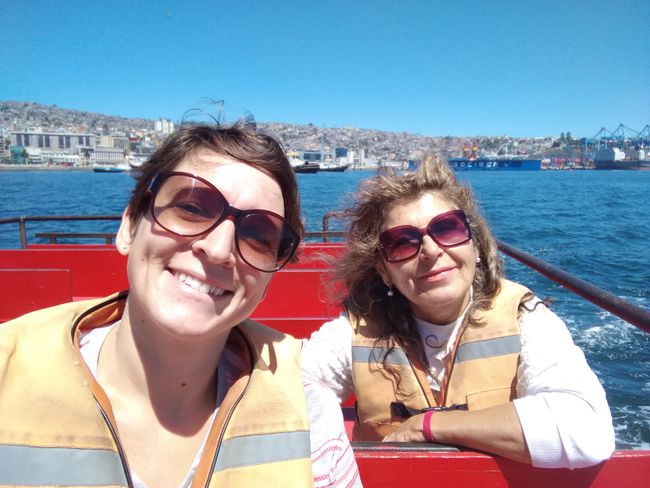
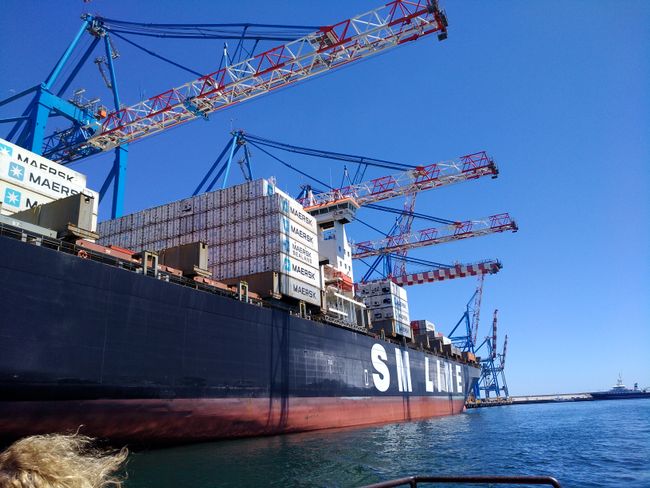
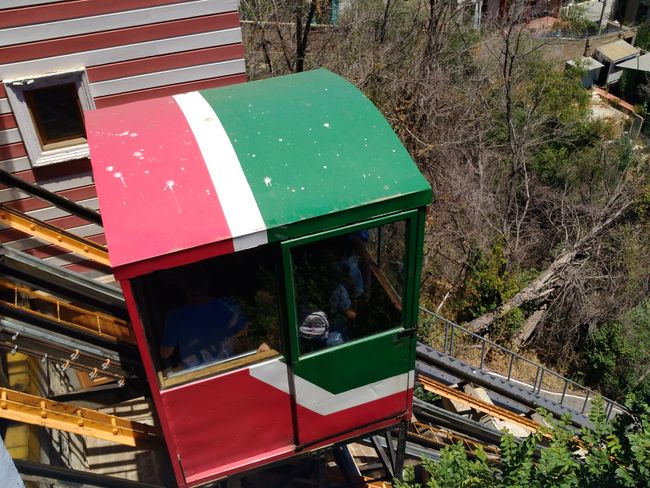
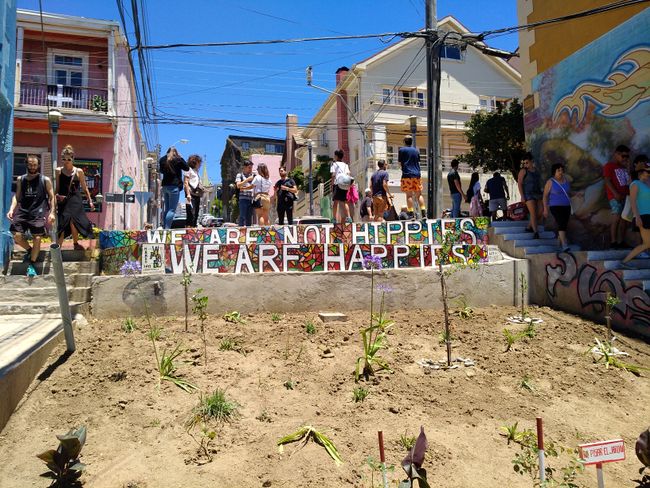

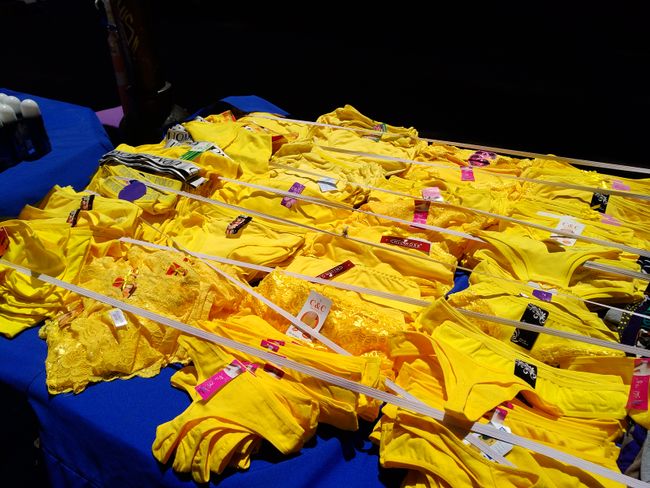
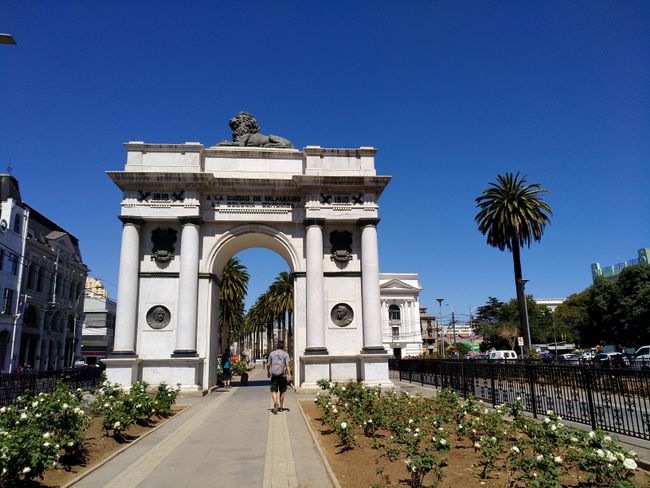
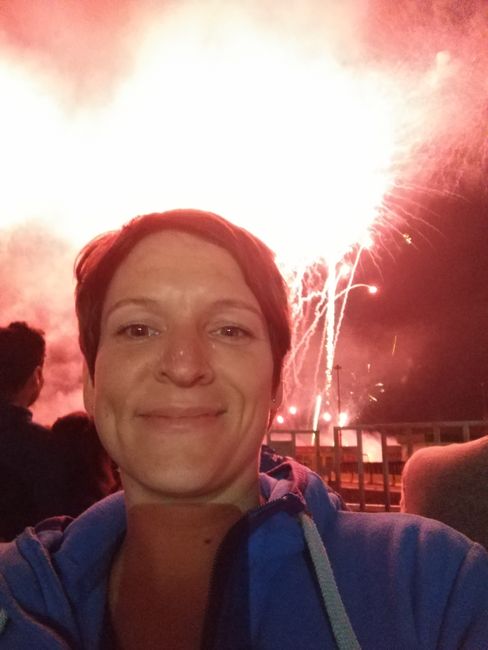
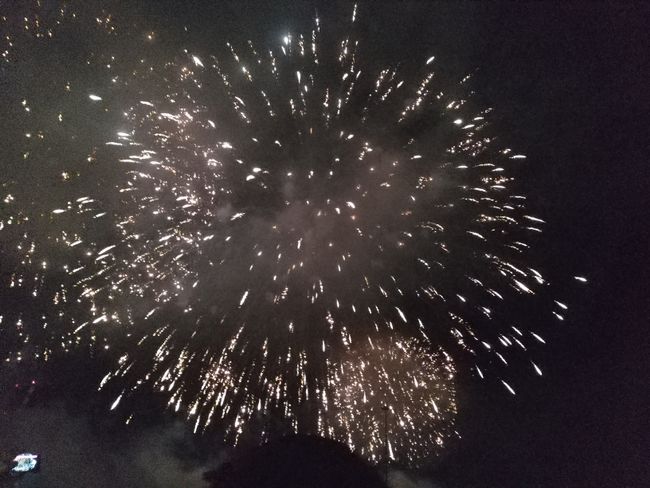
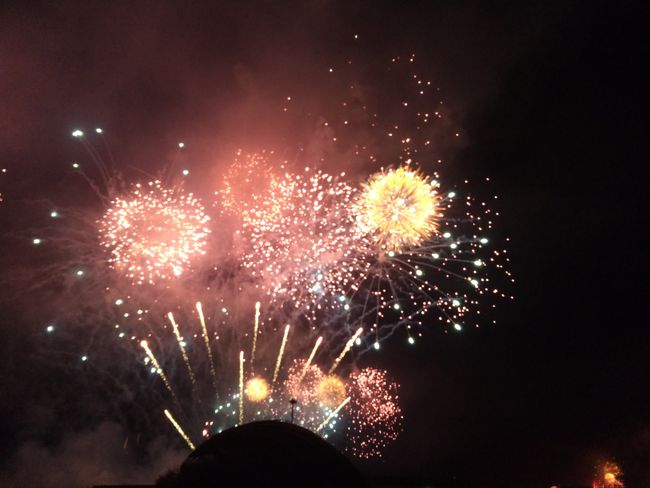
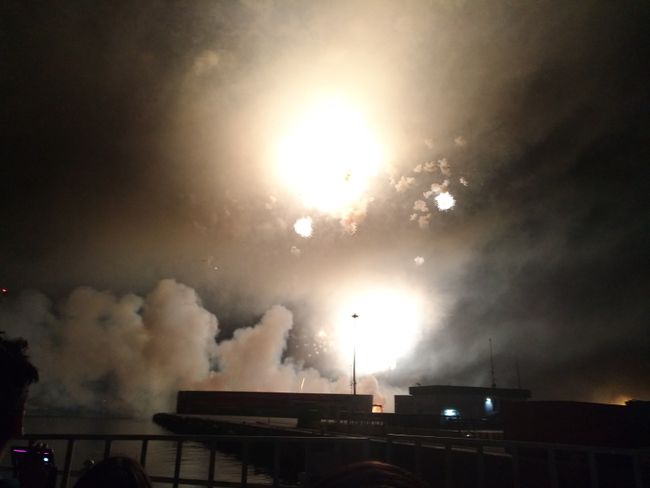
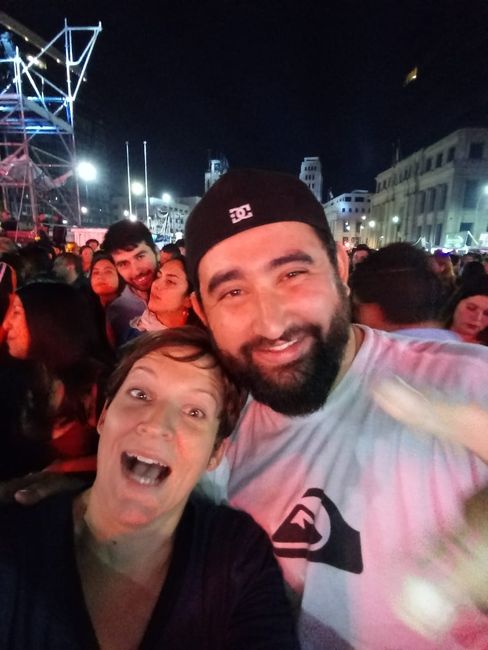
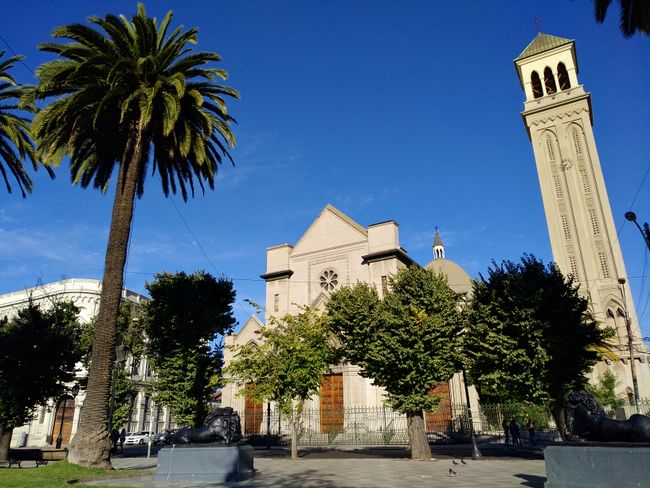

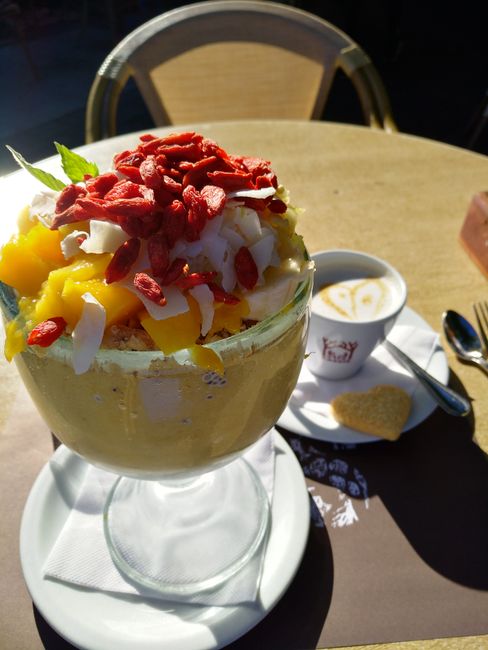
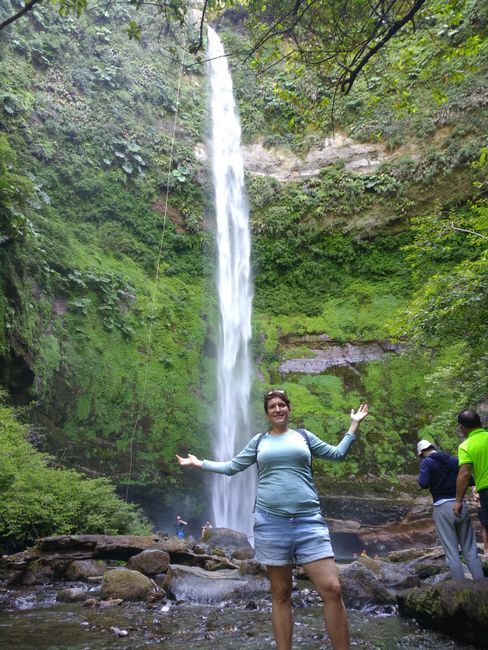
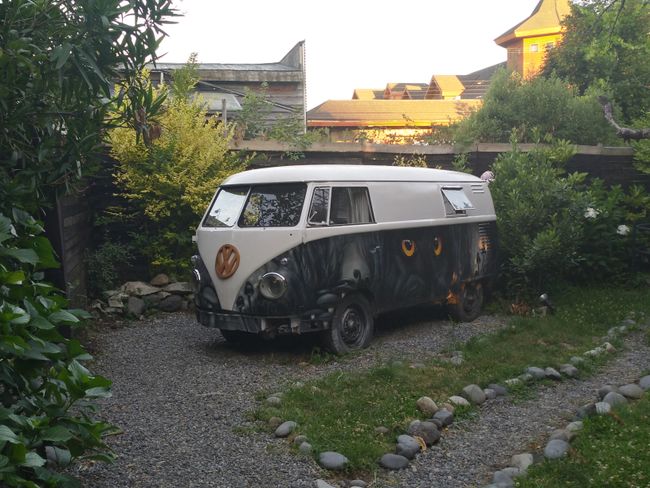

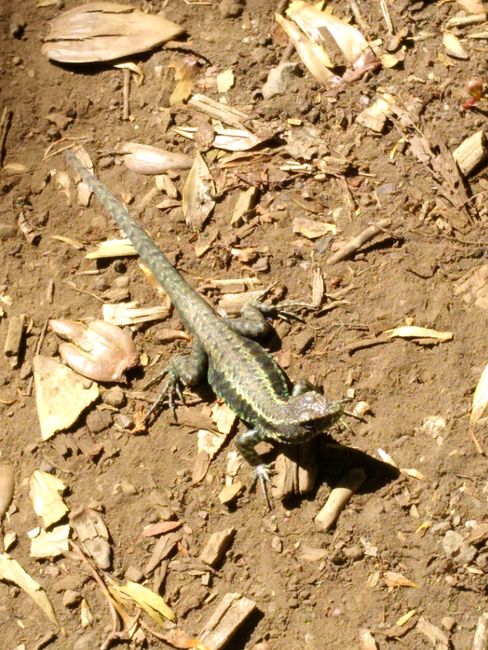
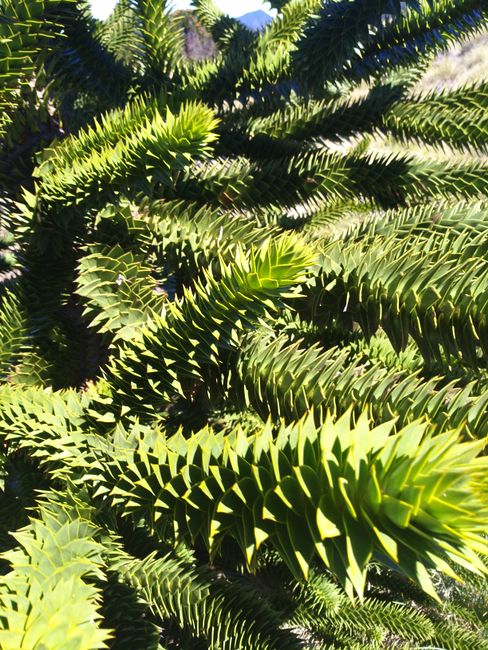
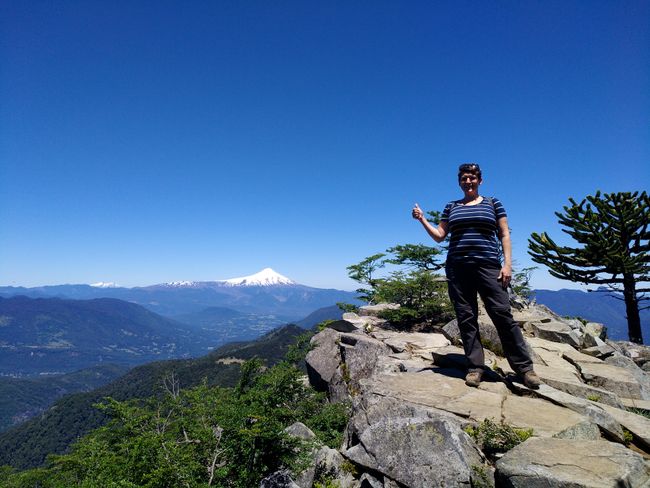

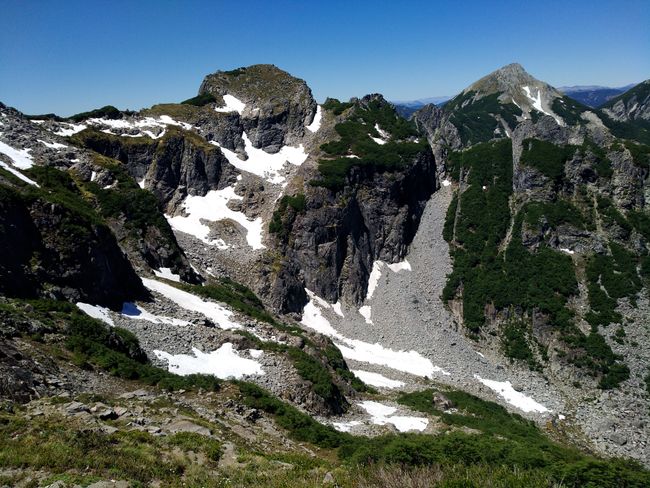
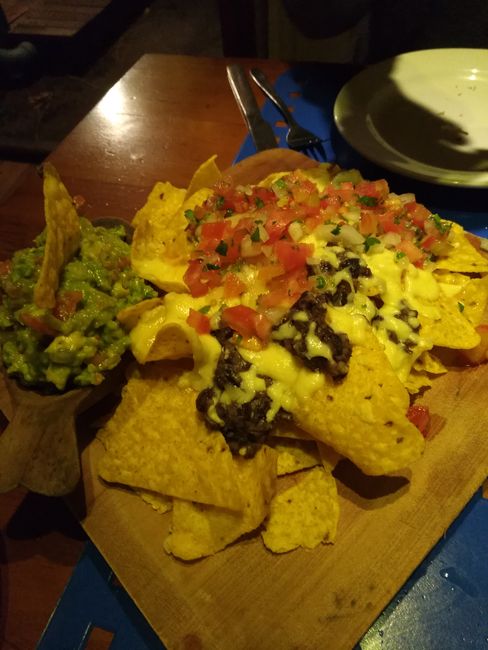
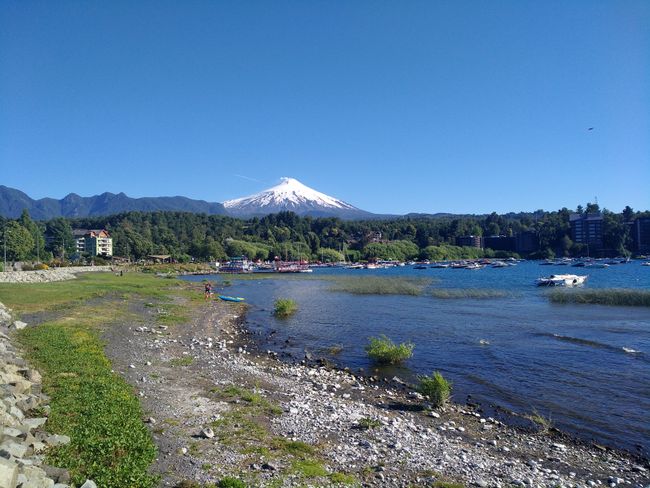
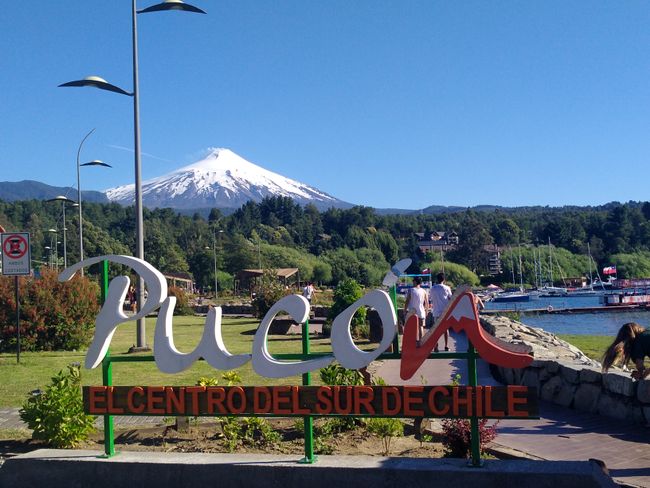
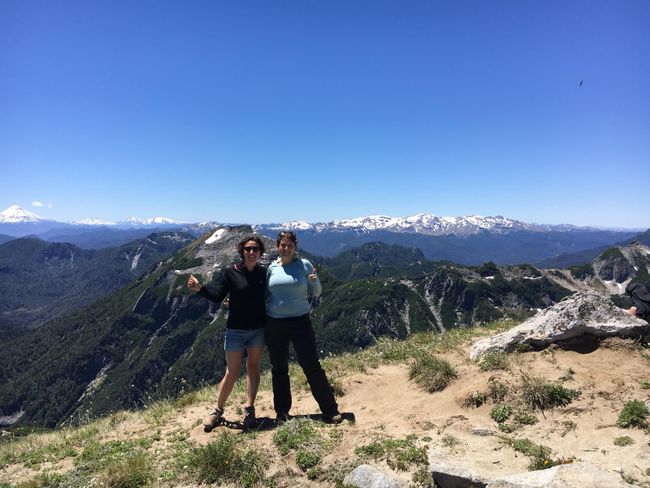
Naročite se na glasilo
The last stop this year is called Valparaiso. I'm here because a Chilean recommended it to me during a boat trip in the Gulf of Aqaba to celebrate New Year's Eve here. It is said to be the biggest party in the country. Well, that's enough to convince me.
The city, which was originally created solely as a port for the capital and center of the country, Santiago, located 1.5 hours away - we remember, Santiago is home to about half of the population - experienced enormous growth and wealth. That changed 20 years ago, when the Panama Canal was opened at the beginning of the 20th century and the ships that used to circumnavigate the southern continent could now take the convenient shortcut. In addition, export/import activities have focused on southern ports in Chile, so that Valparaiso is of less value as a location in economic terms. However, it remains the cultural capital, the seat of the Chilean Congress, and the headquarters of the Navy.
The city is located on different hills, which are not easy to climb. This led to the installation of elevators over 100 years ago to make life easier. Depending on the social level, people live on different hills, while working at the coast or in the former financial district.
The alleys on the hills are often very narrow and difficult to access without a car, which still poses a challenge to life there today. Examples given by the city guide include daily grocery shopping, especially for elderly people, moving with bulky objects, or the possibility of quickly reaching the required location in case of a medical emergency. Like in Santiago, there is also the danger of earthquakes here (the last major one was in 2010), and the city's biggest enemy remains fire, due to the still existing wooden houses.
The appearance on the hills is mainly characterized by many colors today. There is street art on every corner. Partly used officially and commercially, for example by restaurants and bars, elsewhere as pure art with strong content. Either way, this significantly lifts the mood, and the eye constantly discovers something new.
My acquaintance did not exaggerate about the fireworks. It can really compete with the big one in Sydney. The coastline is several kilometers long and extends to the neighboring city of Vina del Mar. Therefore, the fireworks lit in the sea were held in 5-6 different locations, so that everyone can see it.
It is accompanied by many oohs and aahs from the audience, and the enthusiasm is much greater than it would be in Germany. Confetti cannons or artificial snow from a can are very popular. I assume that everyone is wearing yellow underwear under their clothes, which has been sold on the streets for days. It is probably the same custom as in Italy with the red underwear. It is supposed to bring luck in love life.
The following party on the central square of the city with a stage and loud music is celebrated by people of all ages and is very harmonious. I quickly make contact with others, songs are sung and dances are performed even without knowing the lyrics. I read that there were discussions beforehand about whether the official party could go on until 3 or 7 o'clock in the morning. But at 3 o'clock, it was finally over, at least with the part at the central plaza. It continued elsewhere in the streets.
I also spent my time in Valparaiso doing yoga with my landlady Emelina and visiting Tuquen, a small fishing village where whales were caught and processed into oil until 50 years ago.
Next stop is Pucon. The "skyline" of the small town is determined solely by the picturesque snow-covered volcano. Actually, climbing this beast should be on every backpacker's to-do list. Due to high costs and, in my opinion, a rather monotonous hiking trail (it's the journey that matters), I decided to visit a national park instead. In the end, the ascent to the summit of San Sebastians was similarly exhausting, and the view of seven more snow-capped peaks, as well as refreshing myself with a handful of snow left at a high altitude, was the well-deserved reward for the exertion.
Otherwise, Pucon is a touristy but nice little town with many shops, inviting cafes, and restaurants. Here, I enjoyed my time with other travelers, including a nice French woman with whom I shared the physical and mental effort of the hike.
Naročite se na glasilo
Odgovori
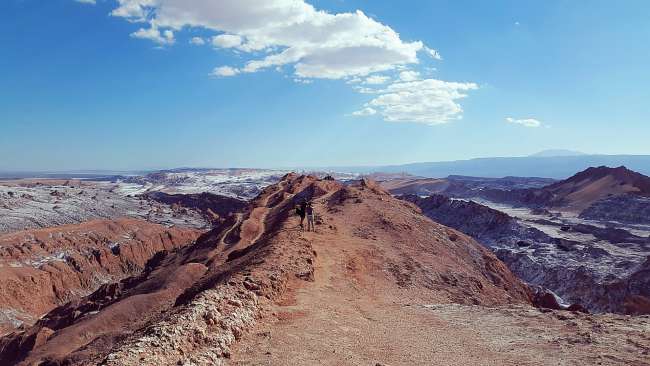
Poročila o potovanjih Čile
